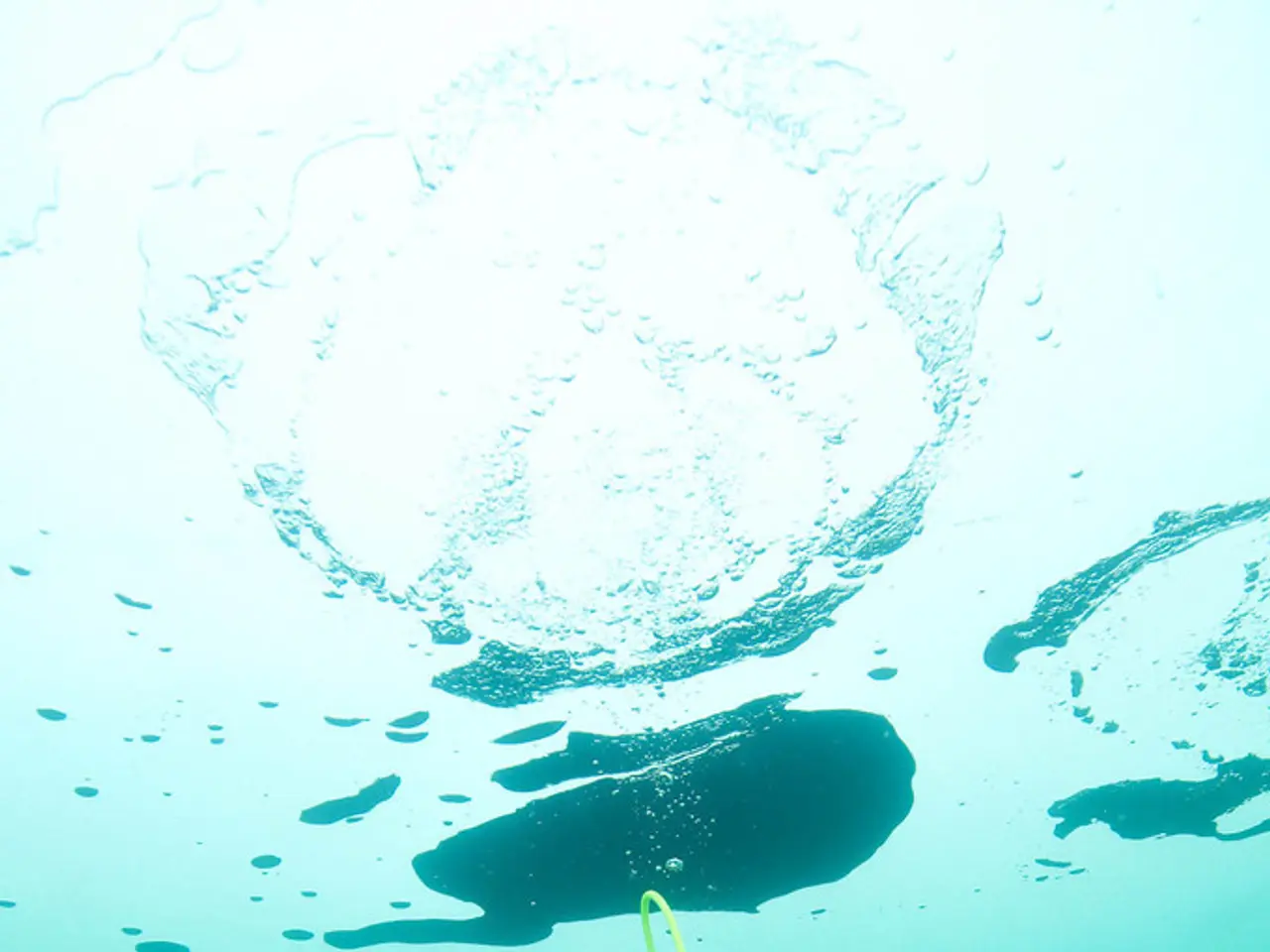Dive Safety: Understanding Mask Squeeze and Methods to Prevent it Underwater
Understanding and Preventing Mask Squeeze in Scuba Diving
Scuba diving is a thrilling underwater adventure, but it comes with its own set of challenges. One such challenge is mask squeeze, a condition that can cause discomfort, bruises, or even more serious injuries. In this article, we'll delve into the causes, symptoms, prevention, and what to do if you encounter mask squeeze during your dives.
What is Mask Squeeze?
Mask squeeze occurs when the water pressure pushing against a diving mask is greater than the pressure inside the mask. This imbalance can cause the mask to be forced against a diver's face, leading to discomfort, bruises, or more serious injuries.
The Physics Behind Mask Squeeze: Boyle's Law
Boyle's Law explains the physical cause of mask squeeze: as you descend, pressure increases and the air inside the mask decreases, creating a vacuum if not equalized, which can pull on your face and cause mask squeeze.
Preventing Mask Squeeze
Preventing mask squeeze is crucial for a safe and enjoyable diving experience. Here are some tips:
- Choosing the Right Mask: A well-fitting, high-quality mask is essential. A poorly fitting mask can make mask squeeze worse. Look for a mask that seals properly to your face, has clear lenses, and a silicone skirt that adapts to your face.
- Practice Equalization Techniques: Equalizing internal mask pressure is key to preventing mask squeeze. Experienced divers equalize their mask instinctively, as it becomes automatic with practice.
- Go Slow: Going slow during a dive helps your body adjust and equalize pressure, reducing the risk of mask squeeze.
Symptoms of Mask Squeeze
Symptoms of mask squeeze include red eyes, bruises on the face (face squeeze or cheek squeeze), and discomfort in the nose and sinuses (sinus squeeze symptoms).
What to Do If You Experience Mask Squeeze
If you experience mask squeeze while diving, ascend slowly and gently, equalizing frequently to avoid further discomfort or injury. If symptoms persist, seek medical attention.
Preventing Sinus Squeeze
Sinus squeeze can be prevented by equalizing pressure properly and choosing good equipment. Rest, apply cold compresses to the affected area, and avoid rubbing or touching the eyes if it was an eye squeeze if sinus squeeze occurs. If discomfort persists, seek medical attention.
Consequences of Frequent Mask Squeeze
Frequent mask squeeze can lead to more serious consequences, such as sinus problems, headaches, and even long-term damage.
A Note on Subconjunctival Hemorrhage
A subconjunctival hemorrhage from mask squeeze is usually not a reason to avoid diving, as it doesn't affect vision or the ability to dive. However, it's important to ensure it was caused by mask squeeze and not another condition.
Contact Us
Our organization is here to help with personalized assistance and information about the next certification level. If you have any questions or concerns about mask squeeze, don't hesitate to reach out. Safe diving!
Read also:
- Countries initiate efforts to prohibit smoking within vehicles
- Backed by Scientific Evidence, 11 Strong Arguments for Almond Appreciation
- Administration's effort to dismiss thousands of Health and Human Services employees denied by the court
- Funds amounting to approximately 1.17 million euros designated for local meetings regarding nursing practices





